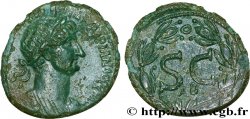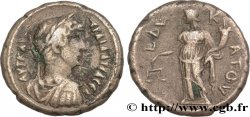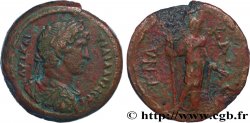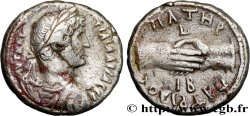v49_0577 - ADRIANO Tétradrachme syro-phénicien
MONNAIES 49 (2011)
Начальная цена : 250.00 €
Назначить цену : 350.00 €
Цена реализации : 333.00 €
Количество ставок : 3
Максимальная предлагаемая цена : 400.00 €
Начальная цена : 250.00 €
Назначить цену : 350.00 €
Цена реализации : 333.00 €
Количество ставок : 3
Максимальная предлагаемая цена : 400.00 €
Тип Tétradrachme syro-phénicien
Дата: an 180
Монетный двор / Город: Aigeai, Cilicie
Металл: silver
Диаметр: 24,00 mm
Ориентация осей монеты: 6 h.
Вес: 13,45 g.
Редкость: R2
Комментарии о состоянии
Exemplaire sur un flan ovale, un peu court sur la légende au droit, parfaitement centré des deux côtés. Très beau portrait. Usure superficielle au revers. Recouvert d’une fine patine grise avec des reflets dorés
Ссылки в каталоге: :
Prieur 721 (5 ex)
Лицевая сторона
Аверс: описание: Buste lauré et cuirassé d’Hadrien à droite drapé sur l’épaule gauche, vu de trois-quarts en avant (B*01).
Аверс: легенда: AUTOK KAIS TRAIA ADRIANO SEB PP (Autokrator Kaisar Traianos Adrianos Sebastos Patri Partidos).
Аверс: перевод: (L’empereur césar Trajan Hadrien auguste père de la patrie).
Обратная сторона
Реверс: Описание: Aigle de face, ailes déployées, tête et queue à droite, sur une ligne de terre, une chèvre à droite à l’exergue.
Реверс: легенда: AIGEAIWN/ ETOUS. PR.
Реверс: перевод: (D’Aigeai, an 180 de l’ère césarienne).
Комментарий
Ces émissions sont importantes car elles se placent entre les usages de Césarée pour les poids et ceux d’Antioche pour le type et l’aspect. On doit noter que cette émission, contrairement à celle de 130/131 mais comme les suivantes, écrit les S en sigma et non pas en C. Dans la base TSP maintenue par Michel Prieur, onze exemplaires sont maintenant répertoriés pour le 720A, un seul en musée, à Oxford.







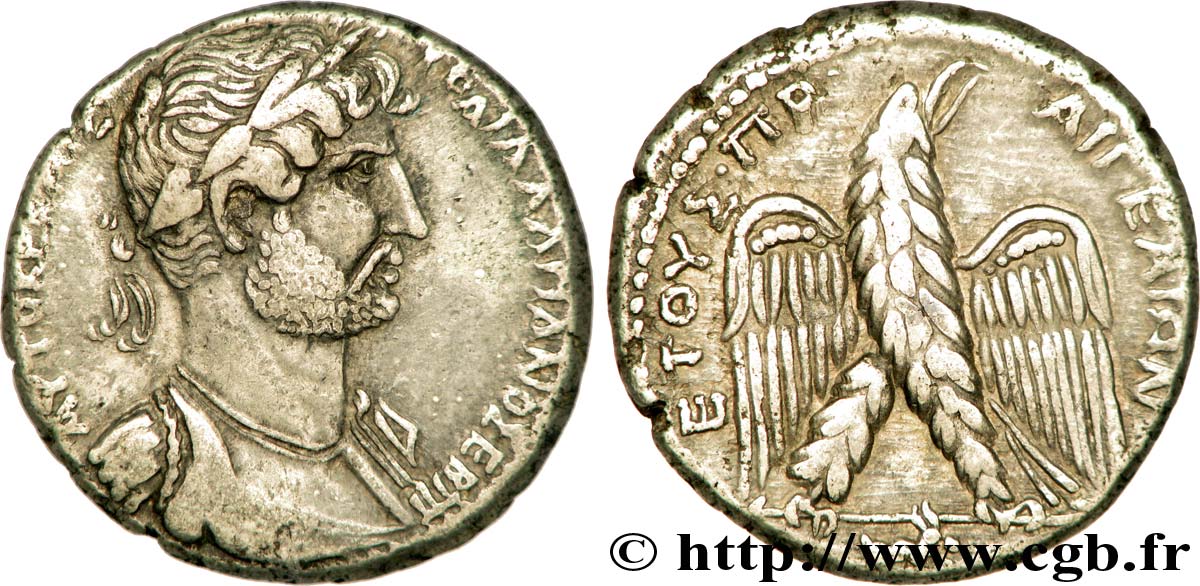
 Cообщить об ошибке
Cообщить об ошибке Распечатать страницу
Распечатать страницу Отправить мой выбор
Отправить мой выбор Задать вопрос
Задать вопрос Consign / sell
Consign / sell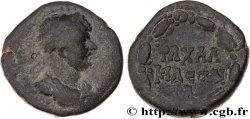
 Информация
Информация